Your Guide to Creating a Fun, Functional, and Safe Playroom
Creating a successful playroom is about more than just filling a room with toys.
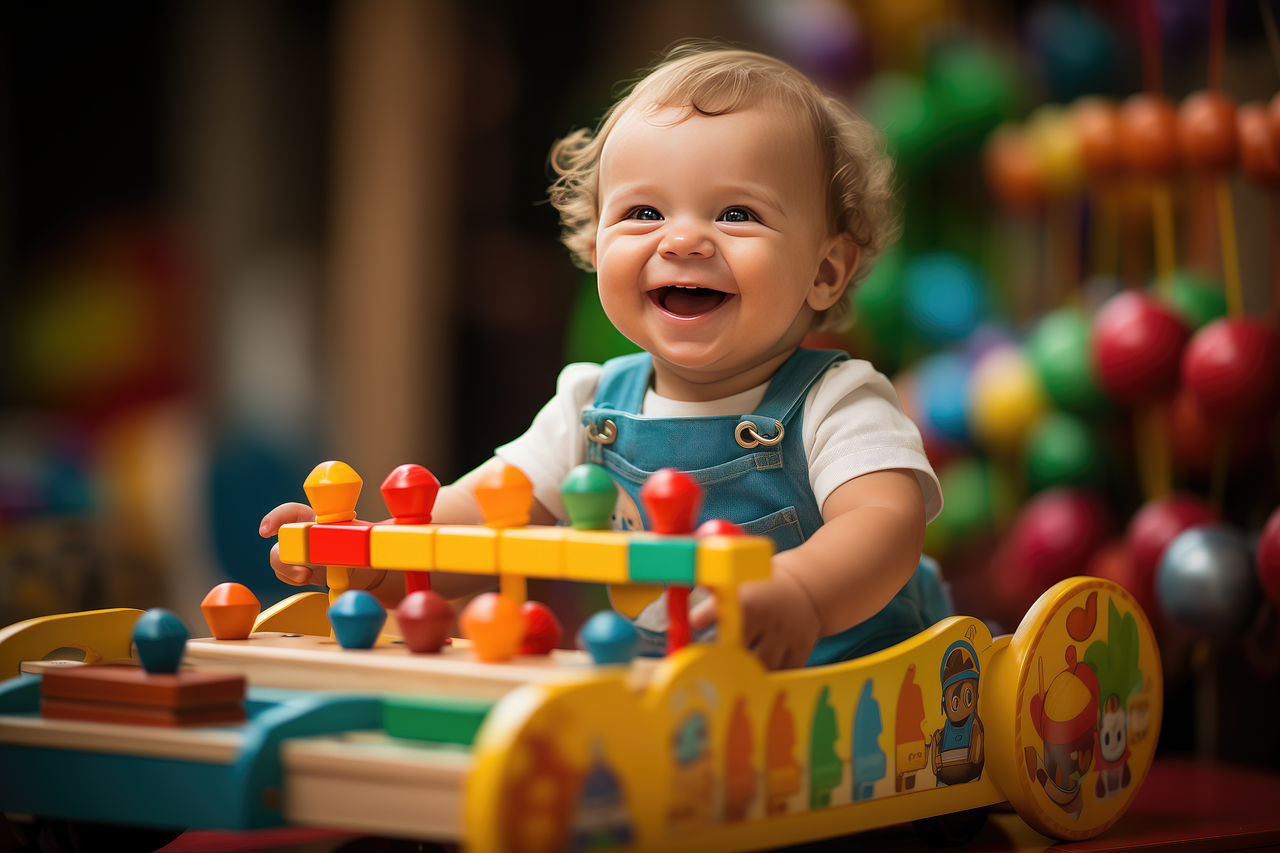
Key Takeaways:
- A well-designed playroom provides a dedicated space for children's activities while containing clutter
- Smart storage and multi-purpose furniture help maximize limited space effectively
- Choose a location that balances supervision ease with noise management
- Create an engaging space on a budget through DIY projects and creative repurposing
- Include essential elements: storage, seating, and age-appropriate play areas
- Prioritize safety features while maintaining an appealing environment
- Personalize the space with simple DIY touches that reflect your child's interests
Introduction
Are your kids' toys taking over your living room? You're not alone. The average American family spends $485 annually on toys, yet 73% of parents struggle with toy organization and space management.
Creating a dedicated playroom isn't just about containing the chaos – it's an investment that can transform both your home and your child's development.
Whether you're working with a cozy corner or an entire room, this comprehensive guide will show you how to create an amazing playroom that works for your space and budget.
From smart storage solutions starting at $200 to full room transformations averaging $2,000, we'll break down exactly what you need and how much to budget.
By the end of this guide, you'll know:
• How to maximize any space for play
• Where to save and where to splurge
• Essential safety features for every budget
• Creative storage solutions that grow with your child
Let's create a playroom that both you and your children will love!
Quick and Affordable DIY Playroom Ideas
Personalizing your child's playroom doesn't have to be expensive. There are numerous DIY projects that can add a unique charm to the room while keeping costs low. Here are a few ideas:
- Homemade Artwork: Encourage your child's creativity by turning their art into wall decor. Frame their paintings or drawings and create a mini art gallery.
- Repurposed Furniture: Give old furniture a new life with a fresh coat of paint. An old coffee table can become a play table, and a used bookshelf can serve as a toy organizer.
- Fabric Teepee: Create a cozy reading nook or hideaway with a fabric teepee. This can be done easily with some wooden dowels and fabric.
Let's delve into the DIY Teepee project:
- Materials Needed: Four 6 feet long wooden dowels, rope, a 6x9 feet canvas drop cloth, a drill, scissors, and safety pins.
Step 1: Drill a hole about 1 foot from the top of each dowel.
Step 2: Thread the rope through each hole, tying a knot at each end to secure the dowels together. Spread out the dowels to form the teepee structure.
Step 3: Drape the canvas cloth around the dowels, ensuring it covers the structure evenly. Cut away any excess fabric at the top, leaving enough to tuck inside the teepee.
Step 4: Secure the fabric to the dowels with safety pins, starting at the top and working your way down.
Step 5: For the entrance, cut a slit in the fabric and roll up the sides, securing them with more safety pins.
This project, costing around $30-$40, is a fun and affordable way to add a personalized touch to the playroom. DIY projects not only keep costs down but also allow you to create a space that truly reflects your child's personality and interests.
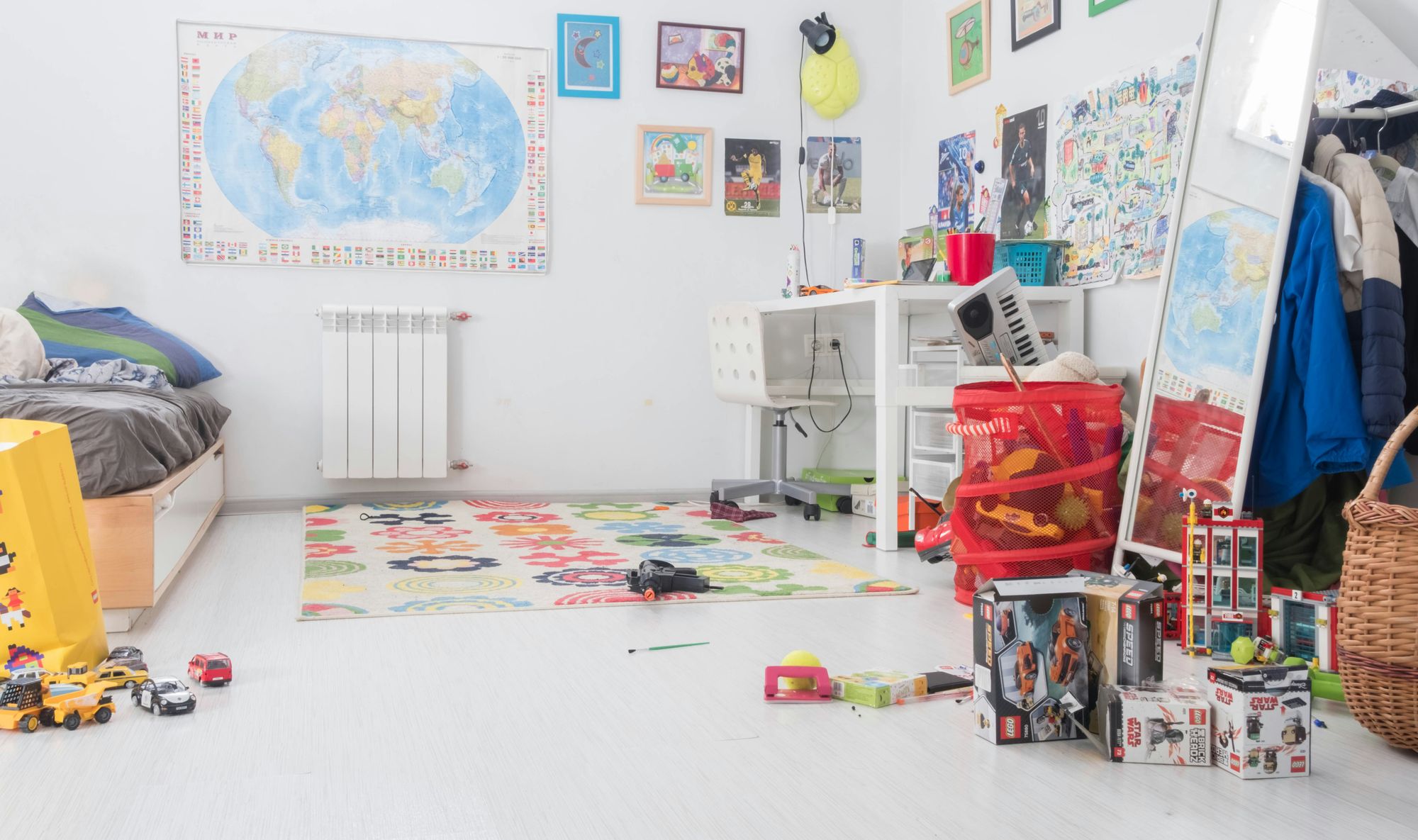
Choosing the Perfect Playroom Location
The location of your playroom can significantly impact both its functionality and your renovation budget.
According to the National Association of Home Builders' 2024 survey, 68% of parents prefer main-floor playrooms for easier supervision, while 32% opt for more secluded spaces.
| Location | Basic Setup | Premium Setup | Monthly Utility Impact | Best For |
|---|---|---|---|---|
| Main Floor Room | $500-$1,000 | $2,000-$3,000 | $10-$20 | Families with young children (0-5 years) |
| Basement | $1,500-$3,000 | $4,000-$6,000 | $30-$50 | Active play/older children (6-12 years) |
| Converted Garage | $2,000-$4,000 | $5,000-$8,000 | $40-$60 | Multi-child families/teens |
| Spare Bedroom | $800-$1,500 | $2,500-$4,000 | $15-$25 | Single-child households |
*Additional monthly costs for heating/cooling/lighting
Real-World Example:
The Thompson family in Denver converted their 200 sq ft spare bedroom into a playroom for $1,200:
• Basic wall painting and repairs: $200
• Storage solutions: $400
• Foam floor tiles: $150
• Lighting upgrades: $200
• Safety features: $150
• Furniture: $100
Key Location Considerations:
• Proximity to main living areas
• Natural light availability
• Noise impact on rest of house
• Storage potential
• Safety and supervision ease
• Growth flexibility
Pro Tip: Consider a location that can easily transition as your children grow. The most successful playroom locations offer at least 100 square feet of space and have easy access to bathrooms and snack areas.
Smart Storage Solutions for Any Space
Effective storage is the backbone of a functional playroom. According to a 2024 HomeAdvisor survey, organized playrooms increase children's independent play time by 45% and reduce daily cleanup time by 30 minutes on average.
| Storage Type | Budget Option | Mid-Range | Premium | Best For |
|---|---|---|---|---|
| Cube Organizers (8-cube) |
$45 Target |
$80 IKEA |
$150 Pottery Barn |
Books & Small Toys |
| Wall-mounted Shelves (per unit) |
$30 Amazon |
$65 Wayfair |
$120 Crate & Barrel |
Display & Access |
| Toy Chest (safety-hinged) |
$75 Walmart |
$120 HomeGoods |
$200 Land of Nod |
Large Toys |
| Clear Bins (set of 6) |
$25 Dollar Store |
$40 Container Store |
$60 OXO |
Categorized Storage |
| Rolling Carts | $35 IKEA |
$70 Michael's |
$130 Pottery Barn |
Art Supplies |
Success Story:
The Martinez family in Boston transformed their 10x12 playroom with this budget-friendly setup:
• 2 IKEA Kallax units ($200 total)
• 12 clear bins ($150)
• 3 wall-mounted shelves ($90)
• Rolling art cart ($40)
Total Investment: $480
Results:
• 65% reduction in cleanup time
• 90% toy accessibility
• 40% more floor space
• 100% parent satisfaction
Pro Storage Tips:
• Label everything with pictures for non-readers
• Keep frequently used items at child height
• Rotate toys seasonally (use clear bins for storage)
• Implement the "one in, one out" rule
• Create zones: quiet play, active play, arts & crafts
Monthly Maintenance Schedule:
Week 1: Rotate toys
Week 2: Deep clean storage units
Week 3: Reorganize categories
Week 4: Assess and donate unused items
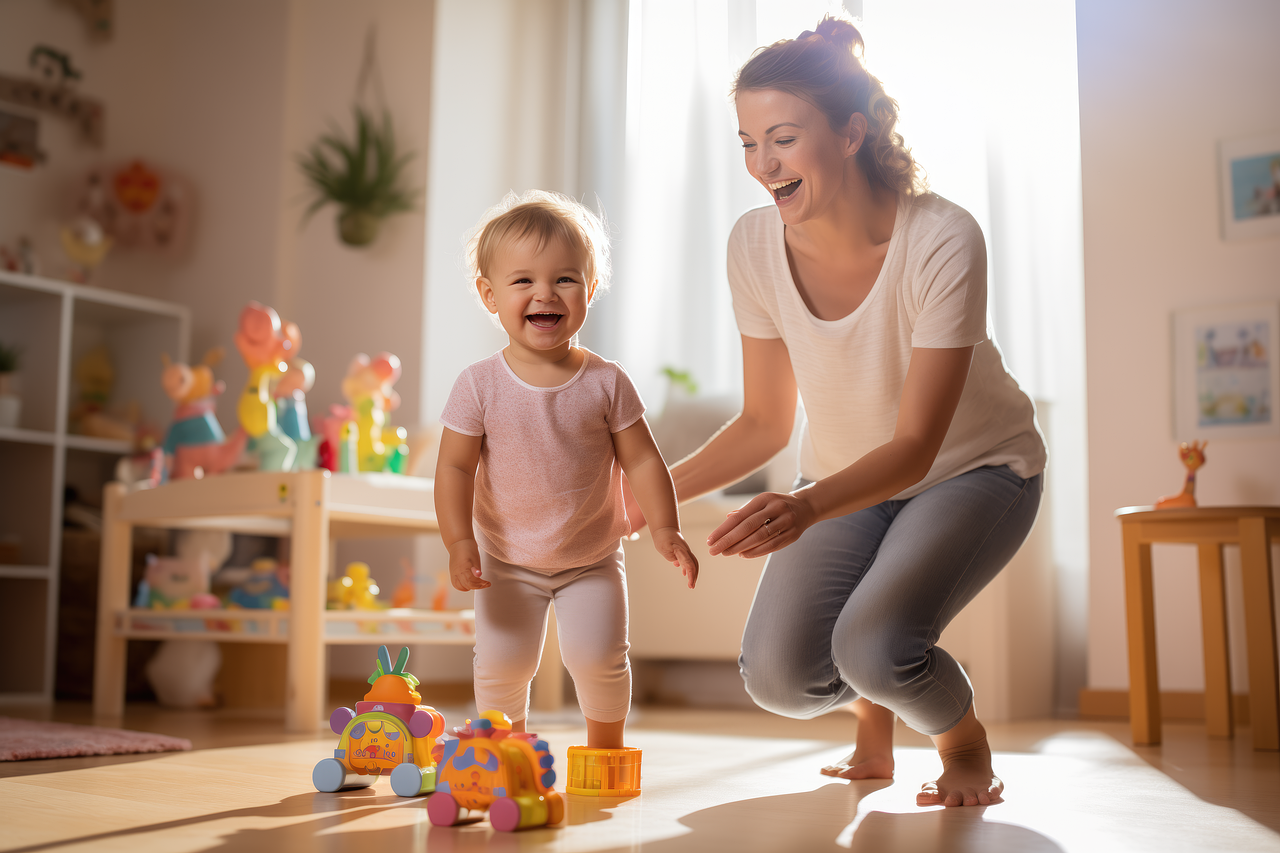
Budget-Friendly Setup Guide
According to the National Retail Federation, American families typically spend between $500-$3,000 setting up a playroom.
Here's a detailed breakdown of costs and essentials for every budget level:
Basic Setup ($500-$700) - Perfect for Small Spaces
- Storage Solutions ($200):
• 4-cube organizer: $40
• 6 storage bins: $60
• Wall shelf unit: $60
• Toy basket: $40 - Furniture ($250):
• Kid's table & 4 chairs: $100
• Bean bag chair: $50
• Reading nook cushions: $100 - Safety & Basics ($150):
• Corner guards (24-pack): $20
• Outlet covers (12-pack): $10
• Foam floor tiles (16 sq ft): $40
• Basic toy starter set: $80
Mid-Range Setup ($1,000-$1,500) - Most Popular Choice
- Custom Storage ($400):
• 8-cube organizer: $120
• 12 premium bins: $180
• Floating shelves: $100 - Quality Furniture ($500):
• Activity table set: $200
• Reading chair: $150
• Storage bench: $150 - Educational & Safety ($400):
• STEM toys: $150
• Art supplies: $100
• Safety equipment: $150
Premium Setup ($2,000-$3,000) - Full Room Transformation
- Built-in Solutions ($800):
• Custom cabinets: $500
• Window seat storage: $300 - Premium Features ($1,200):
• Adjustable height table: $300
• Climbing wall: $400
• Reading nook with lighting: $500 - Technology & Safety ($700):
• Smart lighting system: $300
• Baby monitor: $150
• Premium safety features: $250
Real-World Example:
The Johnson family in Minneapolis created their mid-range playroom for $1,300:
• Storage: $350
• Furniture: $450
• Educational toys: $300
• Safety features: $200
Monthly Maintenance Costs:
• Basic: $20-30 (replacement items)
• Mid-Range: $40-50 (new activities)
• Premium: $75-100 (updates/replacements)
Money-Saving Tips:
• Shop seasonal sales (save 30-40%)
• Join local parent groups for equipment swaps
• Check Facebook Marketplace for gently used items
• Use multi-purpose furniture
• Phase purchases over 3-6 months
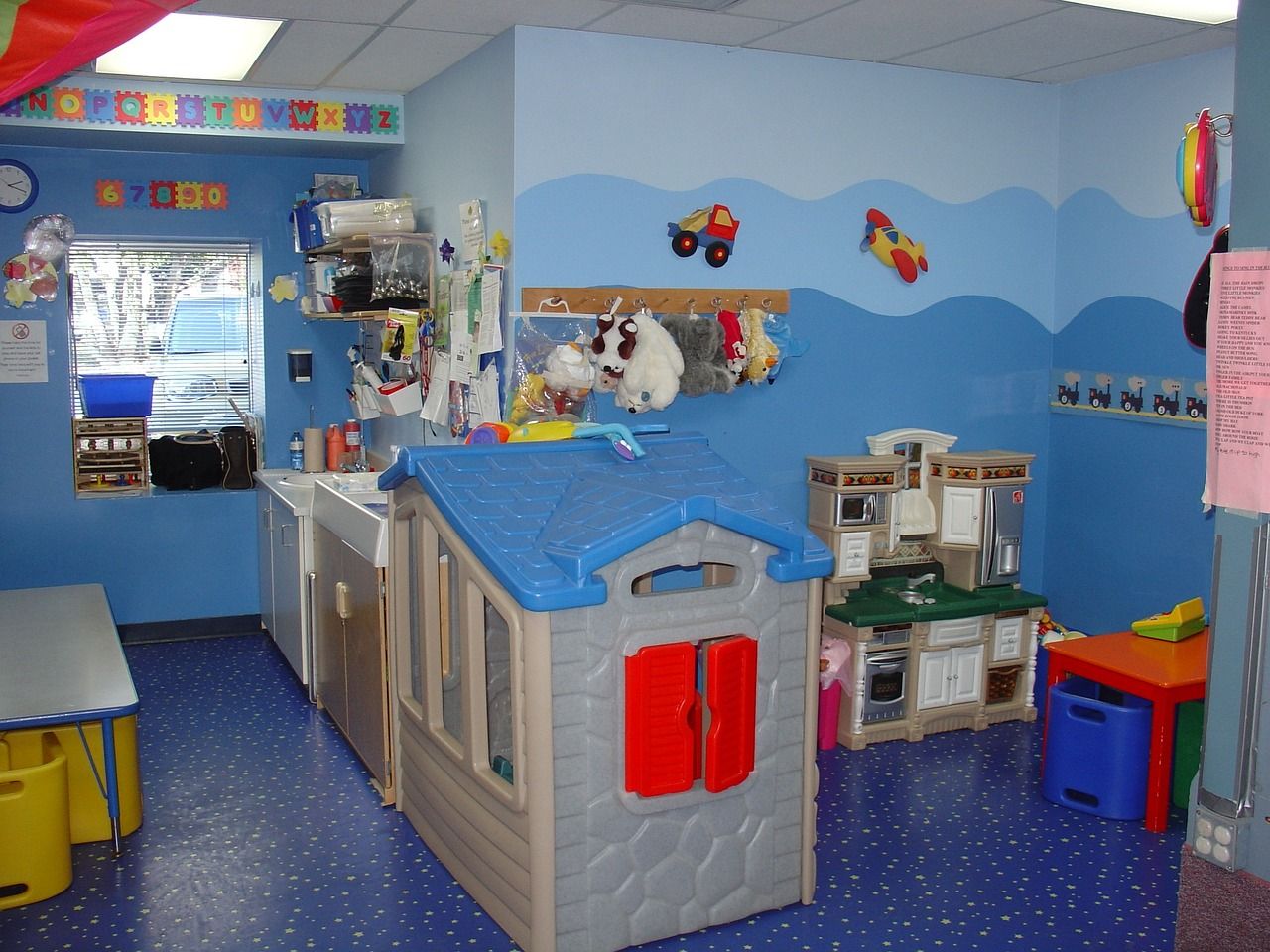
Essential Safety Features
According to the U.S. Consumer Product Safety Commission, properly childproofed playrooms reduce accident risks by 80%. Here's a complete safety checklist with current market prices:
| Safety Item | Basic Option | Premium Option | Coverage Needed | Replacement Schedule |
|---|---|---|---|---|
| Corner Guards (12-pack) |
$15 Amazon | $25 Safety 1st | 1 pack per 100 sq ft | Every 12 months |
| Outlet Covers (24-pack) |
$8 Walmart | $15 Kidco | 2 packs per room | Every 24 months |
| Furniture Straps (4-pack) |
$20 Target | $35 Secure-It | 1 pack per 2-3 items | Check monthly |
| Safety Gates | $40 Regalo | $90 Munchkin | 1-2 per entry point | Every 3-4 years |
| Non-toxic Paint | $35/gallon Standard | $55/gallon Premium | 1 gallon per 400 sq ft | Refresh every 3-5 years |
Additional Essential Safety Features:
- Window Guards: $25-45 per window
- Foam Floor Tiles: $20-35 per 16 sq ft
- Childproof Door Locks: $8-15 each
- Safety Hinges: $12-20 per pair
- Monitor System: $50-150
Real-World Implementation:
The Wilson family in Seattle secured their 200 sq ft playroom for $285:
• Corner Guards (24): $30
• Outlet Covers (48): $16
• Furniture Straps (8): $40
• Safety Gate: $75
• Floor Tiles (124 sq ft): $124
Monthly Safety Checklist:
Week 1: Check all furniture straps
Week 2: Test safety gates
Week 3: Inspect corner guards
Week 4: Review outlet covers
Pro Safety Tips:
- Install safety equipment 6 inches below your estimate of your child's maximum reach
- Create a "safety zone" with clear boundaries
- Use safety equipment rated for 20% above your child's current weight
- Document installation dates for replacement planning
- Keep safety equipment receipts for warranty claims
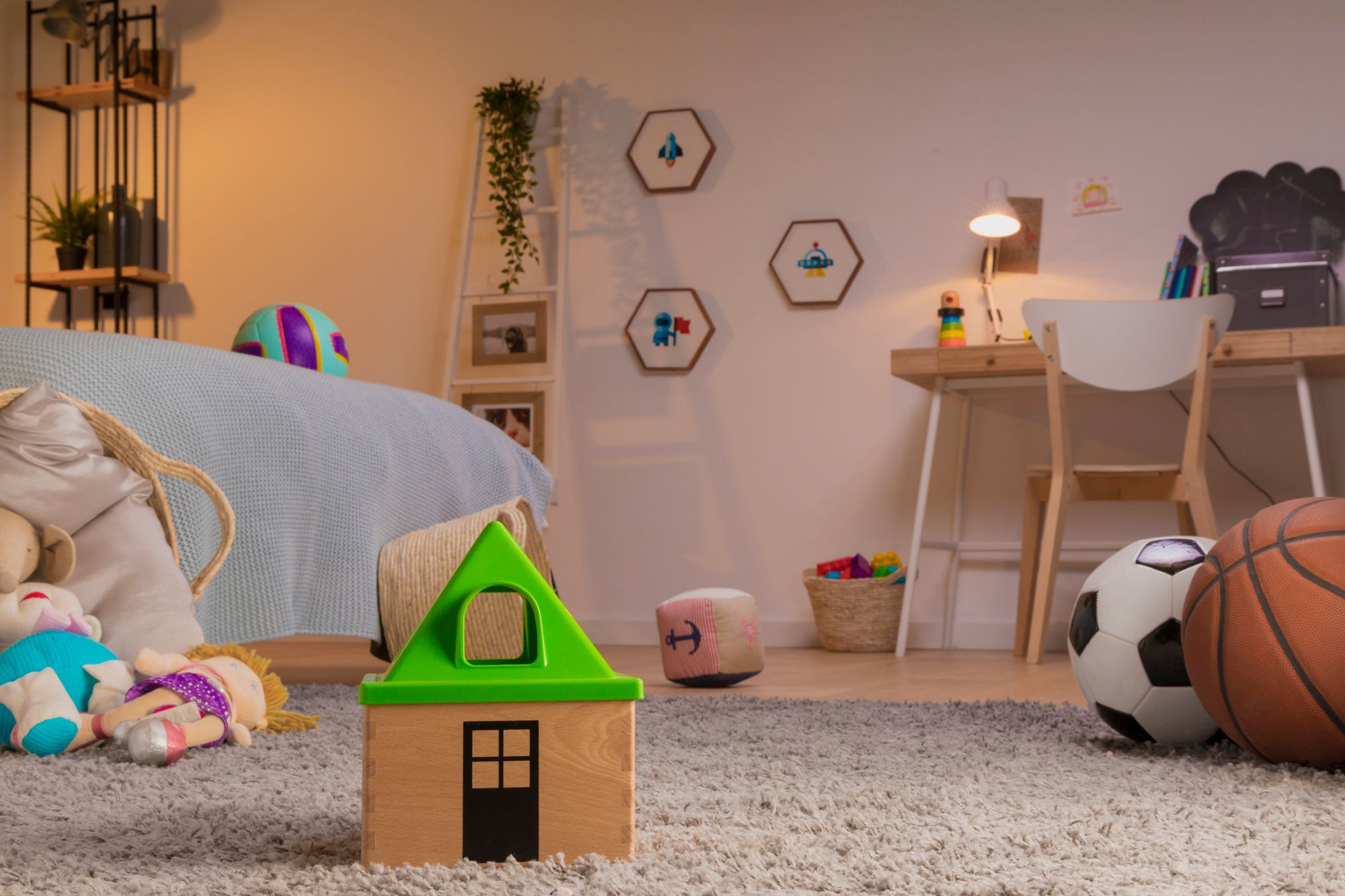
Actionable Tips for Playroom Success
Creating Your Playroom Checklist
Pre-Planning Phase (1-2 weeks):
- Measure space precisely (include windows, doors, outlets)
- Create scaled layout using free tools like RoomSketcher
- Calculate budget (2024 average: $22/sq ft for basic setup)
- Research local building codes for safety requirements
- Photograph space from all angles for planning
Budget Planning (Based on 2024 Market Prices):
- Small Room (100 sq ft): $500-$1,000
- Medium Room (150 sq ft): $1,000-$2,000
- Large Room (200+ sq ft): $2,000-$3,000
Smart Money-Saving Strategies:
- Shop seasonal sales:
- Back-to-school (August): 30-40% off
- Black Friday (November): 40-60% off
- Post-holiday (January): 50-70% off
- Join Facebook groups:
- Local parent exchanges
- Buy Nothing groups
- Kids' furniture resale groups
Implementation Timeline:
Week 1: Safety features installation
Week 2: Storage setup
Week 3: Furniture arrangement
Week 4: Accessories and finishing touches
Success Story:
Sarah Thompson in Denver saved 65% on her playroom setup:
• Original budget: $2,000
• Actual spent: $700
Methods used:
• 40% saved through seasonal sales
• 15% through Facebook Marketplace
• 10% through DIY storage solutions
Pro Tips for Long-Term Success:
- Create cleaning zones with 5-minute pickup areas
- Install adjustable storage that grows with children
- Use clear labels with pictures for easy organization
- Implement the "one in, one out" rule for toys
- Schedule quarterly reorganization days
Conclusion
Creating a perfect playroom doesn't require a massive budget - it needs thoughtful planning and smart execution.
Whether you're working with a $500 basic setup or a $3,000 premium design, focus on safety, storage, and age-appropriate features. Remember to leave room for growth and changes as your child develops.
Need help financing your playroom project? SimpleDirect offers flexible home improvement financing options to help you create the perfect space for your child's development.
